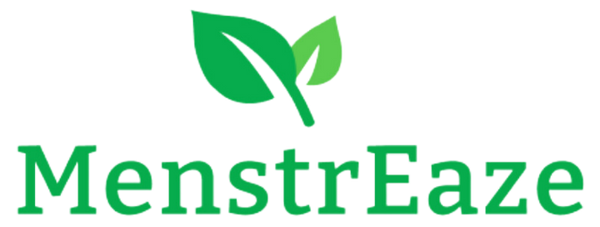Research Publications on Hegu Acupressure for Menstrual Comfort
Acupressure at Hegu points significantly reduces menstrual pain and distress in adolescents with primary dysmenorrhea, offering an effective non-pharmacological treatment.
Effects of acupressure on menstrual distress in adolescent girls: a comparison between Hegu-Sanyinjiao matched points and Hegu, Zusanli single point; Journal of Clinical Nursing, 2010; Link
The study compares the effects of acupressure at Hegu, Sanyinjiao, and Zusanli points on menstrual distress, pain, and anxiety in adolescents with primary dysmenorrhea. It was a single-blind randomized experimental study involving 134 participants. Results showed that acupressure at Hegu and Sanyinjiao matched points significantly reduced pain, distress, and anxiety, while Hegu alone also reduced pain. Zusanli point acupressure showed no significant benefits. The study concludes acupressure, especially at Hegu and Sanyinjiao points, is an effective non-pharmacological treatment for primary dysmenorrhea.
The Acupressure Effect on Hegu Points and Sanyinjio Points on Reducing the Level of Menstruation Pain.; The 2nd Virtual Gorontalo International Nursing Conference, 2021; Link
This study investigates the efficacy of acupressure, a Chinese medical technique that applies pressure to specific body points, in alleviating menstrual pain without using pharmaceuticals. Unlike acupuncture, acupressure uses fingers or blunt objects instead of needles. Focusing on the Hegu and Sanyinjiao points, the research employs a quasi-experimental design with 60 participants from SMP AL-MIFTAH 2 Karang Penang, selected based on inclusion and exclusion criteria from a total of 97. The study measures dysmenorrhea pain levels using the NRS pain scale and analyzes the data with Paired Sample T-Test and Independent Sample T-Test, setting a significance level at α ≤ 0.05. Results indicate a significant reduction in menstrual pain intensity in both acupressure groups: from 5.53 to 3.00 in the Hegu group, and from 5.47 to 2.13 in the Sanyinjiao group. However, no significant difference was found between the two groups' effectiveness in pain reduction. The study concludes that acupressure at both Hegu and Sanyinjiao points effectively reduces dysmenorrhea, suggesting a viable non-pharmacological treatment option for menstrual pain.


